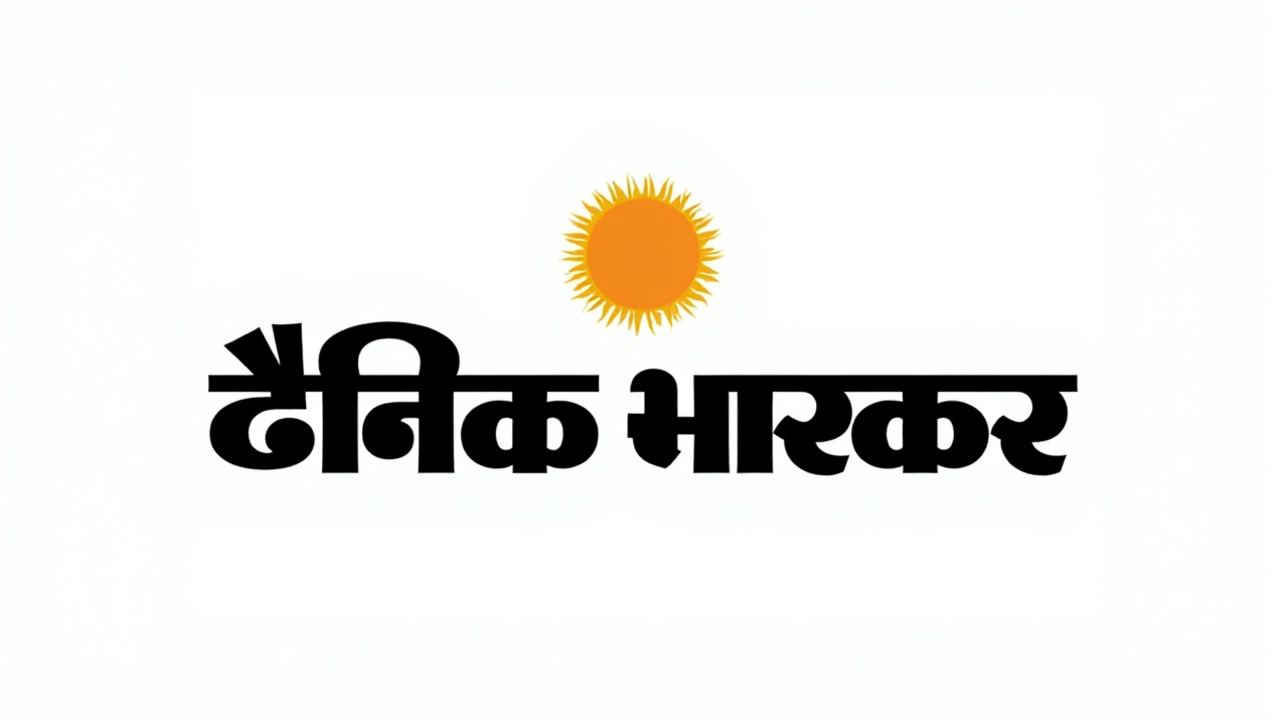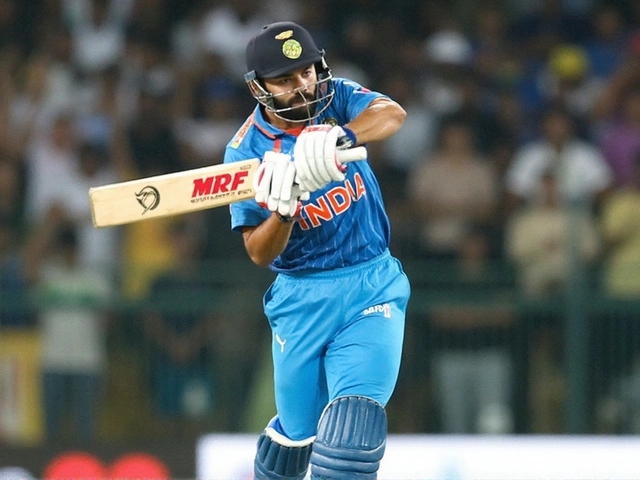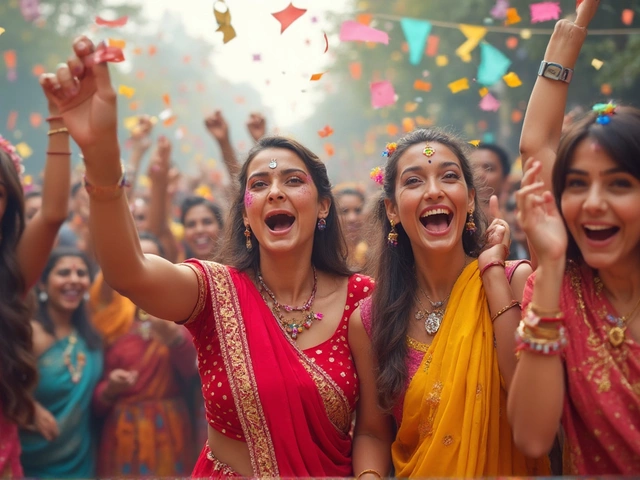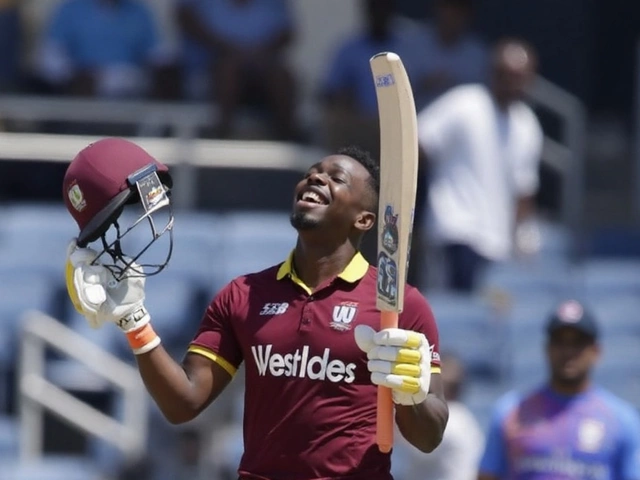Political Conclave: What It Is and How to Get the Most Out of It
Ever wondered why politicians, analysts, and activists flock to a single room for days? That’s a political conclave. It’s a focused meeting where ideas, policies, and strategies get tossed around. Think of it as a marathon brainstorming session for the people shaping our laws and societies.
What Exactly Is a Political Conclave?
A political conclave is more than a conference. It brings together elected officials, party leaders, think‑tank experts, and sometimes journalists. The goal is to discuss hot topics—elections, legislation, foreign policy—under one roof. Sessions can be panels, workshops, or closed‑door negotiations. Because the attendees are decision‑makers, the outcomes often influence real‑world policies.
Unlike a regular rally, a conclave runs on a tight agenda. Topics are pre‑selected, speakers are vetted, and the atmosphere leans toward serious debate rather than showmanship. That’s why you’ll see detailed data sheets, policy briefs, and even draft legislation being reviewed on the spot.
Practical Tips to Prepare for a Conclave
First, know the agenda. Grab the official schedule and highlight the sessions that match your interests. If you’re a student, look for panels that welcome questions. If you’re a business owner, focus on economic policy tracks.
Second, do a quick background check on the speakers. A tweet or a short bio can give you talking points that make you sound informed when you approach them. Bring a notebook or a digital app to jot down key quotes, stats, and contact details.
Third, dress the part. Business casual works for most conclaves; you want to appear professional but comfortable enough to move between rooms.
Fourth, practice your elevator pitch. You’ll have limited time to introduce yourself, so a 30‑second summary of who you are and why you care about the topic can open doors.
Finally, plan your networking breaks. Conclaves often have coffee breaks and evening receptions. Those are the moments when informal chats turn into collaborations.
How to Make the Most of the Sessions
During a panel, listen for recurring themes. If multiple speakers mention the same challenge, that’s a signal the issue is high priority. Ask concise, open‑ended questions that invite experts to expand on their points.
If a workshop offers a hands‑on activity, jump in. Those sessions let you apply concepts on the spot and stand out as an engaged participant.
Take advantage of any live polls or digital Q&A tools. Your input becomes part of the official record, and you’ll often receive a copy of the results afterward—great material for follow‑up emails.
After the Conclave: Turning Insight Into Action
Don’t let the information fade. Within 24 hours, send a thank‑you note to any new contacts, referencing something specific you discussed. Attach a short summary of the session you attended and suggest a next step, like a coffee chat or a joint project.
Compile the notes you took into a tidy document. Highlight three actionable items you can implement or share with your team. This turns a one‑day event into ongoing value.
Lastly, stay connected. Many conclaves create online groups or newsletters. Joining those keeps you in the loop for future meetings, policy updates, and collaboration opportunities.
Political conclaves are powerful because they compress months of debate into a few days. By preparing, engaging, and following up, you can turn that intensity into real impact—whether you’re a citizen, student, or professional looking to shape the political conversation.
Chief Minister and Key Political Figures to Convene at '25 ka Jharkhand' Conclave
Today, Jharkhand's political spotlight turns to the '25 ka Jharkhand' conclave, where the Chief Minister and notable political figures will gather. This meeting is expected to address significant state issues and chart a course for Jharkhand's future, reflecting the region's evolving political dynamics.





